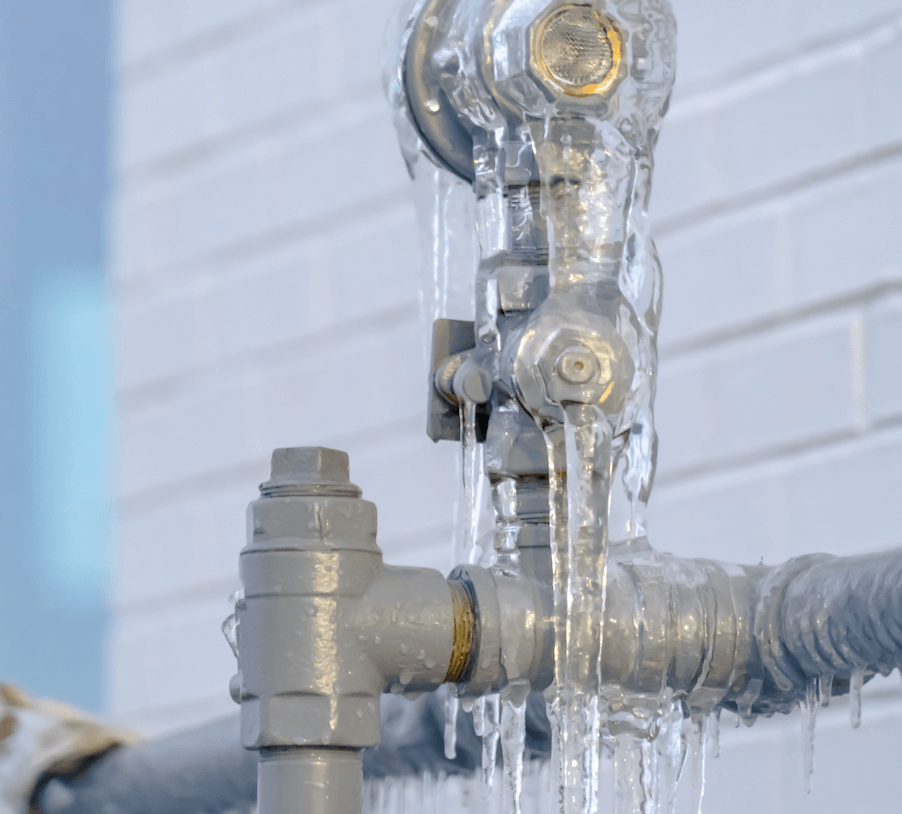Protecting Pipes from Cold Weather Damage: Key Approaches
Check It OutHow do you really feel in regards to Helpful Tips to Prevent Frozen Pipes this Winter?

Winter can ruin your pipes, especially by freezing pipes. Here's just how to stop it from occurring and what to do if it does.
Introduction
As temperature levels decrease, the risk of icy pipelines increases, possibly causing costly fixings and water damage. Understanding just how to prevent icy pipes is critical for homeowners in cold environments.
Prevention Tips
Insulating at risk pipes
Wrap pipelines in insulation sleeves or use heat tape to protect them from freezing temperature levels. Focus on pipes in unheated or exterior locations of the home.
Home heating techniques
Maintain interior areas sufficiently warmed, specifically locations with pipes. Open up closet doors to permit cozy air to distribute around pipes under sinks.
How to determine icy pipelines
Try to find reduced water flow from taps, uncommon odors or sounds from pipes, and visible frost on exposed pipes.
Long-Term Solutions
Architectural changes
Think about rerouting pipes far from exterior walls or unheated areas. Include additional insulation to attic rooms, cellars, and crawl spaces.
Upgrading insulation
Purchase premium insulation for pipes, attics, and wall surfaces. Appropriate insulation aids preserve regular temperatures and reduces the danger of icy pipes.
Securing Outdoor Plumbing
Yard hose pipes and exterior taps
Detach and drain garden hose pipes prior to wintertime. Install frost-proof spigots or cover outdoor faucets with insulated caps.
Comprehending Icy Pipes
What creates pipelines to ice up?
Pipes freeze when revealed to temperatures below 32 ° F (0 ° C) for expanded periods. As water inside the pipelines freezes, it expands, taxing the pipeline wall surfaces and potentially causing them to burst.
Dangers and damages
Icy pipelines can bring about supply of water interruptions, residential or commercial property damages, and pricey fixings. Burst pipelines can flooding homes and create considerable structural damage.
Indications of Frozen Pipes
Determining icy pipes early can prevent them from breaking.
What to Do If Your Pipelines Freeze
Immediate actions to take
If you presume frozen pipes, maintain faucets open to alleviate pressure as the ice melts. Use a hairdryer or towels soaked in hot water to thaw pipelines slowly.
Verdict
Preventing frozen pipelines requires positive actions and fast feedbacks. By understanding the causes, signs, and preventive measures, home owners can safeguard their pipes during cold weather.
5 Ways to Prevent Frozen Pipes
Drain Outdoor Faucets and Disconnect Hoses
First, close the shut-off valve that controls the flow of water in the pipe to your outdoor faucet. Then, head outside to disconnect and drain your hose and open the outdoor faucet to allow the water to completely drain out of the line. Turn off the faucet when done. Finally, head back to the shut-off valve and drain the remaining water inside the pipe into a bucket or container. Additionally, if you have a home irrigation system, you should consider hiring an expert to clear the system of water each year.
Insulate Pipes
One of the best and most cost-effective methods for preventing frozen water pipes is to wrap your pipes with insulation. This is especially important for areas in your home that aren’t exposed to heat, such as an attic. We suggest using foam sleeves, which can typically be found at your local hardware store.
Keep Heat Running at 65
Your pipes are located inside your walls, and the temperature there is much colder than the rest of the house. To prevent your pipes from freezing, The Insurance Information Institute suggests that you keep your home heated to at least 65 degrees, even when traveling. You may want to invest in smart devices that can keep an eye on the temperature in your home while you’re away.
Leave Water Dripping
Moving water — even a small trickle — can prevent ice from forming inside your pipes. When freezing temps are imminent, start a drip of water from all faucets that serve exposed pipes. Leaving a few faucets running will also help relieve pressure inside the pipes and help prevent a rupture if the water inside freezes.
Open Cupboard Doors
Warm your kitchen and bathroom pipes by opening cupboards and vanities. You should also leave your interior doors ajar to help warm air circulate evenly throughout your home.
.jpg)
I discovered that blog entry about Prevent Frozen Pipes when doing research the search engines. In case you enjoyed reading our page kindly make sure you remember to share it. Thanks a lot for being here. Don't forget to check up our site back soon.
Call